Learn More

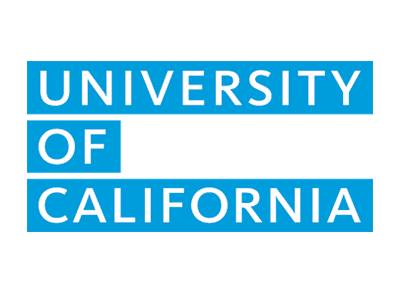


The Nutrition Policy Institute investigates how national safety net programs impact households experiencing food insecurity during and after COVID pandemic emergency measures.
Learn More
Learn More




MSU dives deep into precision agriculture with a goal of improving the business of farming and ranching.
Learn More
Learn More
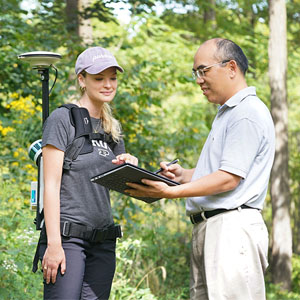



$10m USDA grant gives Purdue’s Center for Digital Forestry & university partners power for PERSEUS project: digital tools to help forest landowners make sustainable, data-driven decisions.
Learn More
Learn More




With employee burnout high and the Great Resignation looming, pioneering new research from the University of Louisville shows some likely drivers in workplace culture could impact more than just job choices — they could have a real impact on health.
Learn More
Learn More
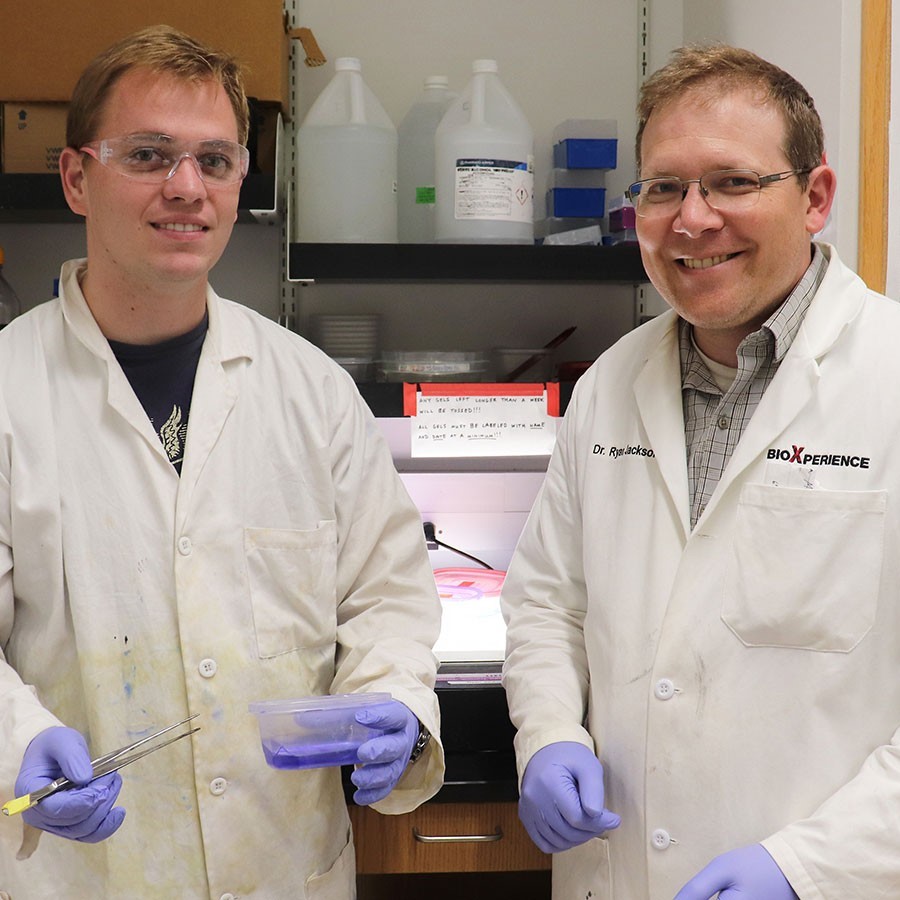



In two papers published in Nature this month, two USU biochemists have described the structure and function of a newly discovered CRISPR system that shuts down infected cells to thwart infection.
Learn More
Learn More



A small group of scientists at The University of Texas at Austin and the National Institutes of Health developed the spike protein technology used in all of the U.S. coronavirus vaccines. Their genetically modified spike protein allows your body to recognize and fight the virus effectively.
Learn More
Learn More



Biomedical engineering students at the University of South Florida have invented a device that allows two patients to be ventilated by a single machine.
Learn More
Learn More



As extended smoke and ash continue to impact the Lake Tahoe Basin, researchers hope to better understand if and how the iconic alpine lake can recover.
Learn More
Learn More



University of New Hampshire researchers are studying why and how coastal hazards such as extreme weather and rising sea levels are causing roads to fail and how to protect this critical infrastructure.
Learn More
Learn More



Researchers and graduate students from the University of Mississippi’s Mississippi Mineral Resources Institute spent two weeks in the nation’s capital this summer studying the Adams Mill fault to determine if it runs near several prominent landmarks.
Learn More
Learn More



Lung cancer can be elusive to spot and difficult to treat because the markers for it are found in other tissues, too. Now, University of Illinois Urbana-Champaign researchers have developed a finely tuned molecular agent that can target lung and other cancer cells for imaging and treatment.
Learn More
Learn More
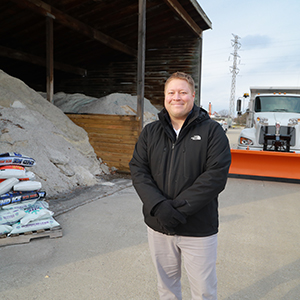


Overuse of road salts to melt away snow and ice is threatening human health and the environment as they wash into drinking water sources. UToledo spotlights the urgent need for policy makers and environmental managers to adopt solutions.
Learn More
Learn More
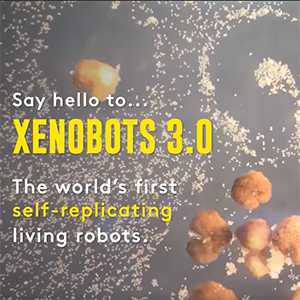


“With the right design — they will spontaneously self-replicate," says Joshua Bongard, a computer scientist and robotics expert at the University of Vermont who co-led the new research.
Learn More
Learn More
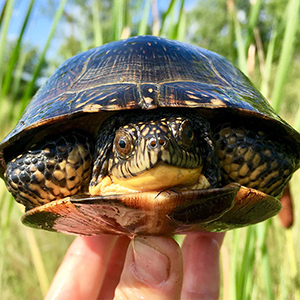


Richard King, a biology professor at Northern Illinois University, is working to ensure we don’t lose the perpetual smile of the endangered Blanding’s turtle.
Learn More
Learn More
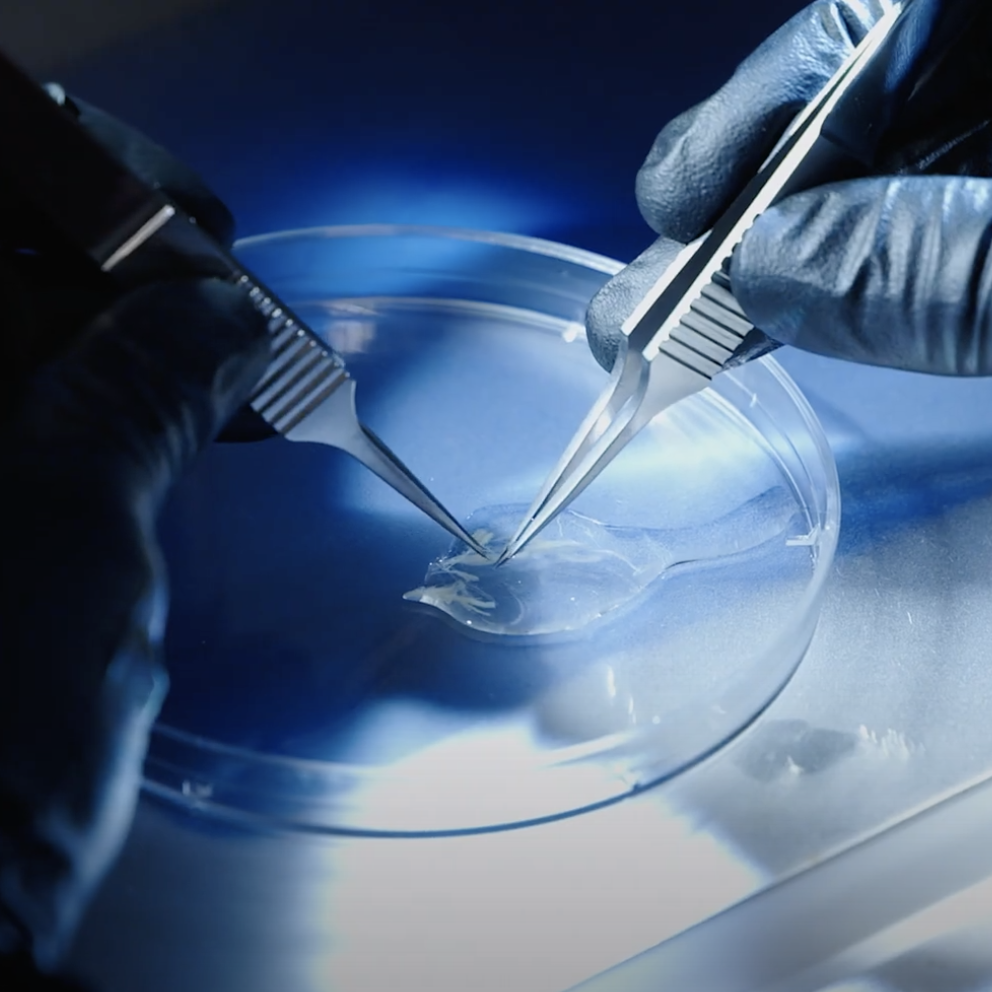


With three National Institutes of Health grants, totaling $8 million, UK scientists and surgeons are tackling one of the most common sports injuries.
Learn More
Learn More
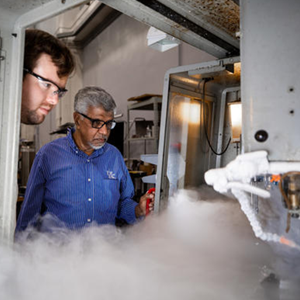


A Defense-funded, $50-million partnership includes Kentucky scientists' work to meet strategic needs in materials processing and manufacturing technologies.
Learn More
Learn More



Researchers at the Terrorism Research Center were recently awarded $893,721 from the National Institute of Justice to study online radicalization and domestic violent extremism in the U.S.
Learn More
Learn More



When mice were studied after two months of progressive weighted wheel running, it was determined that they were the epigenetic age of mice eight weeks younger than sedentary mice of the same age — 24 months. Needless to say, when your lifespan is measured in months, an extra eight weeks — roughly 8 percent of that lifespan — is a noteworthy gain.
Learn More
Learn More



A University of Georgia scientist developed a product called MuniRem that neutralizes explosives and chemical warfare agents with no hazardous byproducts. The technology can also be used to clean contaminated soil and water.
Learn More
Learn More
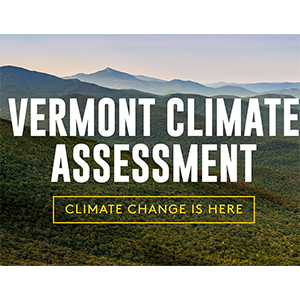


Vermont Climate Assessment 2021's biggest takeaway: the state’s average annual temperature has warmed by nearly 2°F, and precipitation has increased by a whopping 21%, since 1900.
Learn More
Learn More
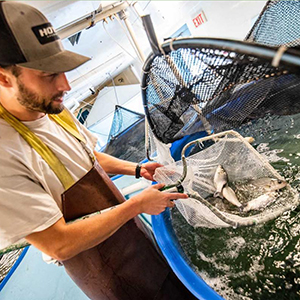


Feisty on the line and tasty on the plate, striped bass can be hard to find in New Hampshire, where there's no commercial harvest. UNH researchers are developing a sustainable aquaculture solution.
Learn More
Learn More



Northern Illinois University is leading a $2 million effort to develop a prototype system for capturing carbon dioxide waste and cleanly converting it into ethanol.
Learn More
Learn More



The Mississippi River has a pollution problem, and University of Georgia scientists are helping to solve it by providing the first comprehensive overview of how plastics are affecting the nation’s most important waterway.
Learn More
Learn More



New research shows that chemical reactivity, seasonality and distribution of airborne particulate matter are critical metrics when considering air pollution’s impact on human health.
Learn More
Learn More



A new laboratory will bring South Dakota State University and South Dakota Mines faculty together with industry partners to transition bench-scale bioprocessing and bioproducts research to the marketplace.
Learn More
Learn More



Researchers found that dynamic ocean management is more effective than permanent marine protected areas for protecting marine biodiversity that is accidentally caught in fisheries.
Learn More
Learn More



Researchers have developed a new test for COVID-19 that combines the speed of over-the-counter antigen tests with the accuracy of PCR tests that are processed in medical labs and hospitals.
Learn More
Learn More



Building upon previous NIH-funded work, University of Kansas researchers are developing and refining interventions to boost COVID-19 vaccination and testing among a particularly vulnerable population: women leaving incarceration.
Learn More
Learn More



When readers read a news story about sports, drugs or welfare — topics that disproportionately stereotype the Black community — those who took part in a media literacy intervention held fewer stereotypes than readers who did not.
Learn More
Learn More



A particular molecular signaling pathway plays an important role in producing osteoarthritis pain. In mice, blocking the pathway blocks the pain and results in a return to normal limb use.
Learn More



Stay Connected
X (formerly Twitter)
Facebook
YouTube
LinkedIn
RSS